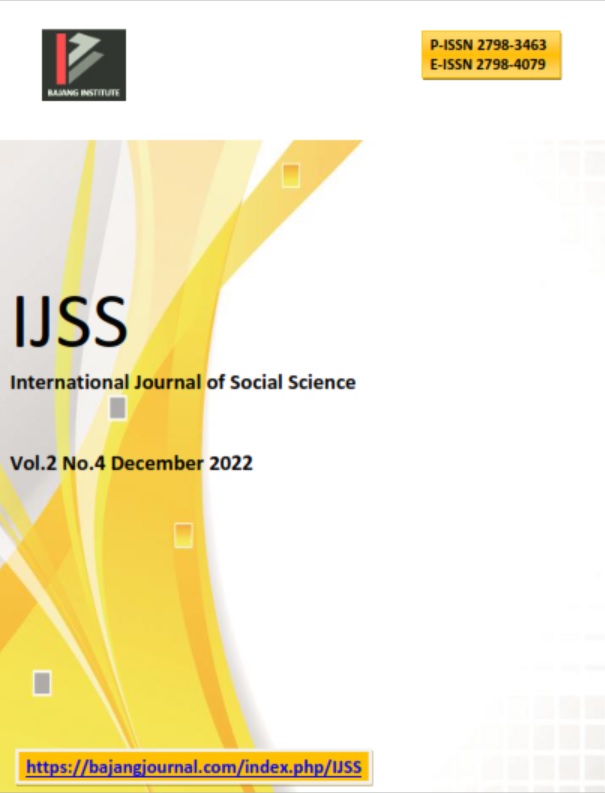CO-WORKING SPACE DESIGN WITH THE APPLICATION OF TROPICAL ARCHITECTURE IN THE FIELD
DOI:
https://doi.org/10.53625/ijss.v2i4.7220Keywords:
Medan City, Co-Working Space, Tropical ArchitecturalAbstract
Economic growth in Medan will increase in 2022 by 4.71%. Economic growth is increasingly developing, which is gradually contributing to the decline in unemployment rates in Medan. Based on statistical data (2020), the unemployment rate decreased by 10.74% from the previous year in the last 3 years. However, many unemployed people in Medan are classified as open unemployment with the causal factor being layoffs. However, even though the unemployment rate is almost decreasing every year, population growth is also increasing every year, this also has an effect on increasing the workforce in Medan. The increase in the number of workers every year requires balancing the number of jobs that are not proportional to the number of employees available and many workers choose to start new independent businesses as entrepreneurs or freelancers. Therefore, it is necessary to plan shared work space facilities or what is better known as Co-Working Space as a method of working with other people from different companies/organizations in one place and being able to work together in a situation like this. Located on Jalan Gajah Mada, Medan Baru District, Medan City. The general method for designing co-working spaces with the Tropical Architectural Concept uses qualitative and programmatic descriptive methods to explain problems and describe existing conditions and climate conditions in the city of Medan and is identified in accordance with theories and standards that have been used.
References
Edyas, A., Daming, T., & Syarif, E. (2017). Tropical Architecture Concept in Green Building as a Cost-Effective Solution (Low Cost)VVVVVVVVVVVVV . H033–H040. https://doi.org/10.32315/ti.6.h033
Issn, PE, Indraswara, MS, & Alghifary, HI (2002). Available online through http://ejournal.undip.ac.id/index.php/modul (Case Study: Wonodri Market, Semarang) . 2877 , 62–67.
Lane, M. S., & Bradburn, T. (2016). The coworking revolution. Medical Writing , 25 (3), 80–81. https://search.ebscohost.com/login.aspx?direct=true&AuthType=ip,url,uid&db=aph&AN=119025603&site=ehost-live
Nugraha, DS, & Suryandari, P. (2019). Design of a Natural School in Klender Jakarta. Maestro Journal , 2 (1).
Nuraini, C. (2019). Morphology of Residential Environment of Singengu Village in Mandailing JuNorth Sumatra. Journal Regional and City Planning, Vol. 30, No. 3, Page : 241-260.
Nuraini, C., & Sudrajat, I. (2010). Metode Perancangan Arsitektur. Bandung Karya Putra Darwati
Negoro, S.A., dan Nuraini, C., (2022). Konsep Kearifan Lokal pada Desain Lounge & Learning Square
Perdana, NA, Wibowo, M., & Suprobo, FP (2015). Co-Working Space Interior Design in Surabaya. Intra Journal , 3 (2), 531–539. https://media.neliti.com/media/publications/94347-ID-perancangan-interiorlibraryco-working-sp.pdf
Valentina Kris Utami. (2017). Coworking space in the city of Yogyakarta. Valentina Kris Utami , 1–10.
Downloads
Published
How to Cite
Issue
Section
License
Copyright (c) 2022 Shakila Arisa, Peranita Sagala, Cut Nuraini

This work is licensed under a Creative Commons Attribution 4.0 International License.

















